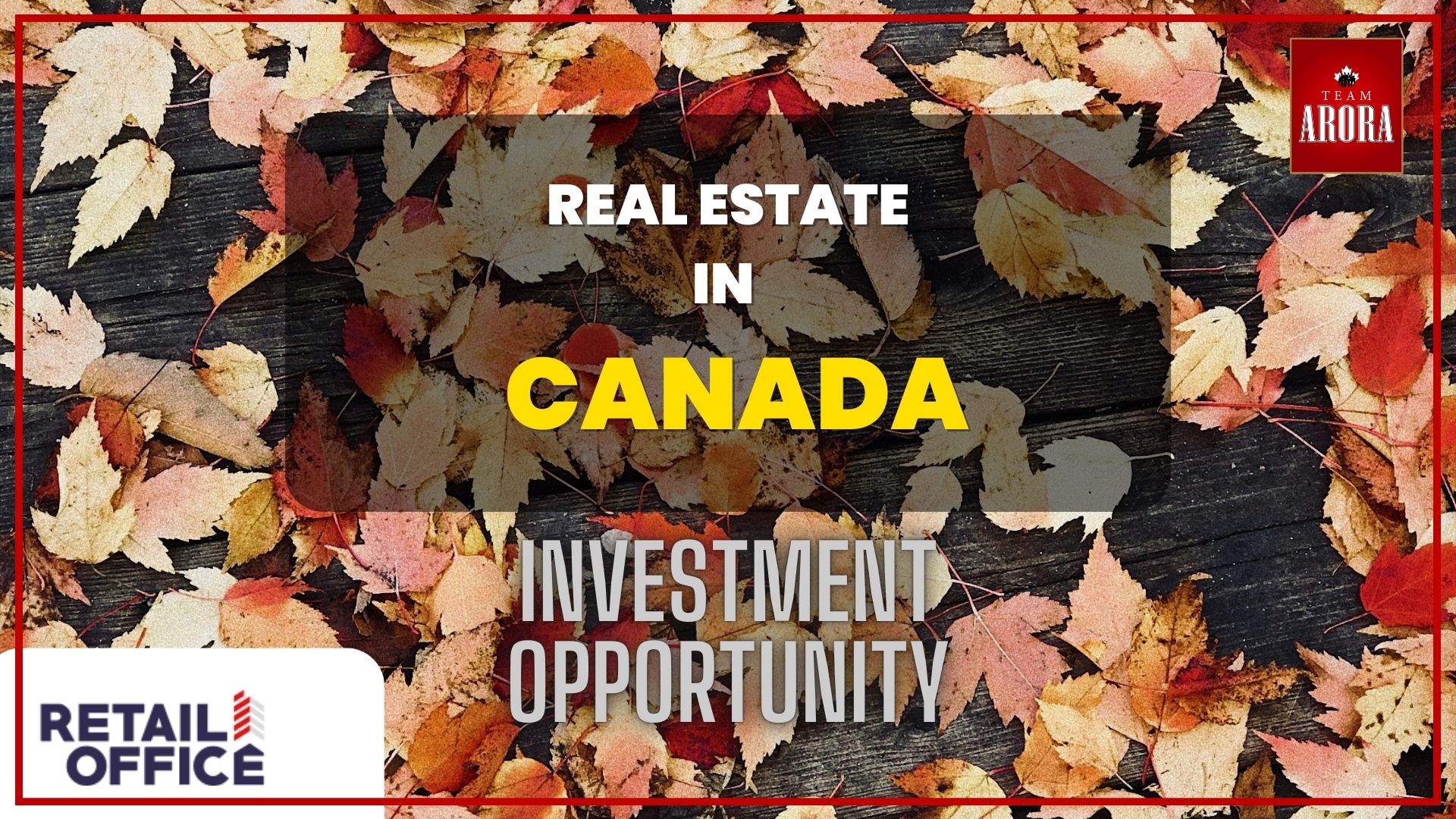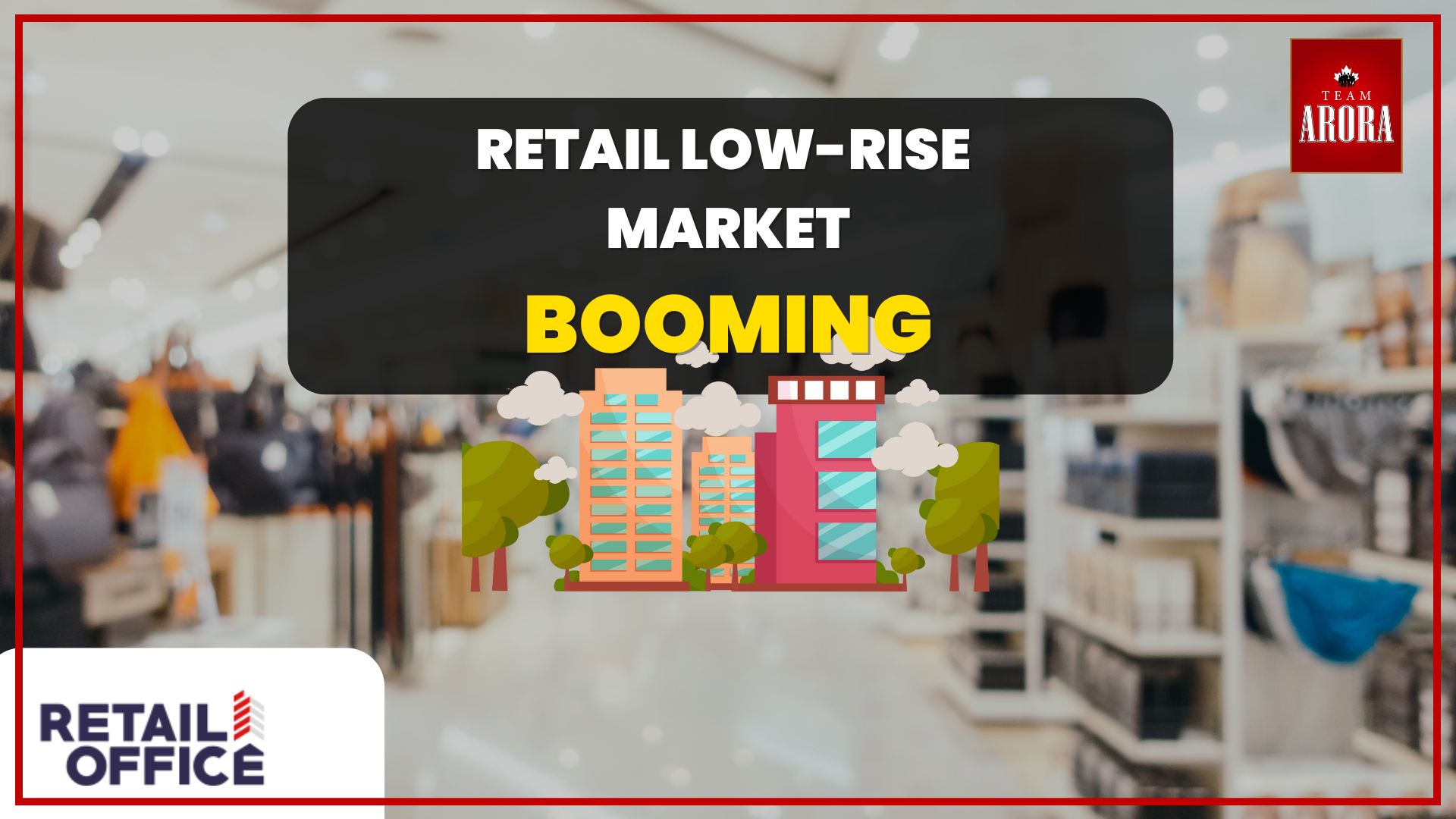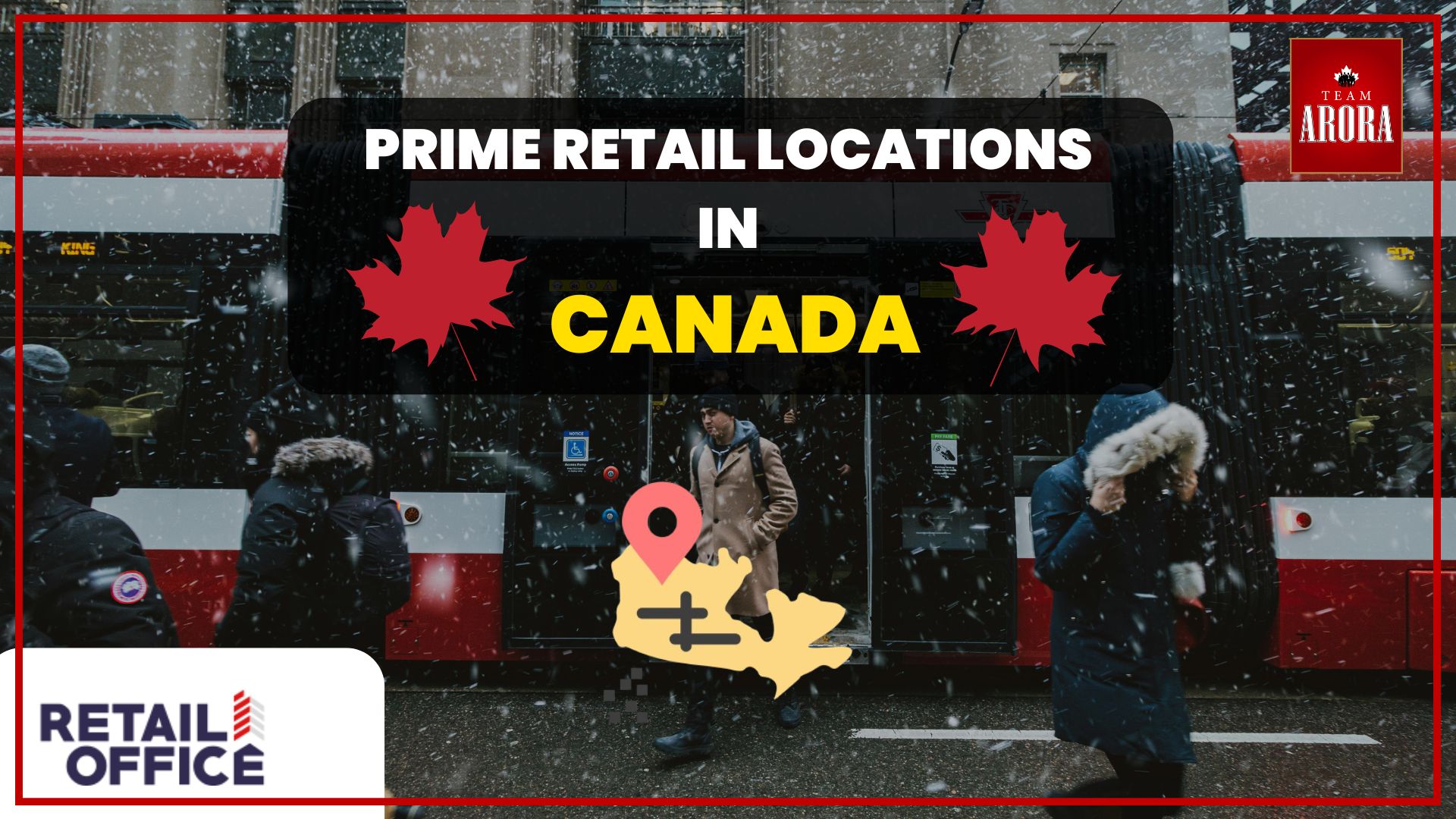Retail property real estate in Canada is quickly becoming one of the most attractive sectors for investors. With a strong economy and evolving consumer behavior, the demand for commercial spaces is growing, especially in urban areas. This blog explores why investing in retail property real estate in Canada is a smart choice and the trends shaping the industry.
What is Retail Property Real Estate?
Retail property real estate refers to properties that are primarily used for retail purposes. These include shopping malls, standalone stores, retail plazas, and other commercial properties where businesses sell goods and services directly to consumers. In Canada, retail spaces are crucial to the economy, offering a place for businesses to grow and for communities to thrive.
The Growth of Retail Property Real Estate in Canada
In recent years, the retail property sector in Canada has shown steady growth. As urban areas continue to expand and consumer spending rises, the demand for retail spaces is increasing. This trend is particularly strong in major cities like Toronto, Vancouver, and Montreal, where population density and consumer demand are high.
Investors are recognizing the potential of retail property real estate in Canada as a solid long-term investment. With low vacancy rates in prime locations and increasing rental income, commercial retail spaces provide a steady return on investment.
Key Trends Shaping Retail Property Real Estate in Canada
Several key trends are influencing the retail property market in Canada. Understanding these trends can help investors make informed decisions and capitalize on opportunities in the market.
1. E-Commerce and Physical Retail Integration
While e-commerce continues to grow, it hasn’t replaced the need for physical retail spaces. In fact, many retailers are blending online and offline shopping experiences. Brands are using brick-and-mortar stores as showrooms or pickup points for online orders. This shift is creating a demand for flexible retail spaces that cater to both digital and in-store shopping.
2. Mixed-Use Developments
Mixed-use developments are becoming increasingly popular in Canada. These developments combine residential, office, and retail spaces in one location, offering convenience to consumers and maximizing foot traffic for retailers. For investors, mixed-use properties offer diversification, reducing risk by balancing residential and retail components.
3. Sustainability in Retail Spaces
Canadian consumers are becoming more environmentally conscious, and this is reflected in the demand for sustainable retail properties. Investors are increasingly interested in green buildings that reduce energy consumption and have a lower environmental impact. Sustainability certifications like LEED (Leadership in Energy and Environmental Design) are becoming important selling points for retail property real estate in Canada.
4. The Growth of Suburban Retail Hubs
As urban centers become more crowded, retail property real estate in Canada is expanding into suburban areas. Suburban retail hubs offer consumers the convenience of shopping close to home without traveling into the city. This trend is particularly strong in growing regions like the Greater Toronto Area and Vancouver suburbs, where new retail developments are thriving.
Real Estate Industry Regulations in Canada
Watch this informative video where we explore the key regulations shaping the real estate industry in Canada. Learn about the rules and guidelines that govern the buying, selling, and leasing of properties across the country.
If you’re involved in the real estate market in Canada, staying informed about regulations is crucial. Be sure to watch the video to get a deeper understanding of how these regulations impact both buyers and sellers.
Why Retail Property Real Estate in Canada is a Strong Investment
There are several reasons why retail property real estate in Canada is an attractive investment option. Here are some key factors:
1. Steady Rental Income
Retail properties, especially in prime locations, offer consistent rental income. Tenants often sign long-term leases, ensuring a stable cash flow for property owners. In growing urban and suburban areas, rental rates for retail spaces continue to increase, making this a reliable source of income for investors.
2. Diverse Tenant Base
Retail property real estate in Canada provides a diversified tenant base. Retail spaces can house a variety of businesses, from small local shops to large multinational corporations. This diversity reduces the risk for property owners, as the success of the property isn’t tied to the performance of a single tenant.
3. Capital Appreciation
Over time, retail properties tend to increase in value, particularly in high-demand areas. As cities grow and consumer spending increases, the value of retail property real estate in Canada appreciates, offering investors a solid return on their initial investment.
4. Resilient Market
The retail market in Canada has proven to be resilient, even during economic downturns. While some retail sectors may struggle, essential services like grocery stores, pharmacies, and convenience stores continue to thrive, ensuring demand for retail spaces remains strong.
Challenges Facing Retail Property Real Estate in Canada
While retail property real estate in Canada offers many opportunities, it’s important to be aware of the challenges facing the industry. Understanding these challenges can help investors navigate the market effectively.
1. Changing Consumer Preferences
As consumer behavior evolves, retailers must adapt to meet new demands. This can affect the types of businesses that occupy retail spaces. Investors need to stay informed about market trends and invest in properties that can cater to the needs of modern consumers.
2. Vacancy Rates in Non-Prime Locations
While retail properties in prime urban areas experience low vacancy rates, properties in less desirable locations can face higher vacancy rates. Investors should carefully assess the location and potential tenant base before purchasing retail property.
3. The Impact of E-Commerce
Although e-commerce and physical retail can coexist, the rise of online shopping has reduced foot traffic in some retail spaces. Investors should focus on properties that offer a unique shopping experience or serve as a complement to online retail, such as pickup locations for e-commerce orders.
Future Outlook for Retail Property Real Estate in Canada
The future of retail property real estate in Canada looks promising, especially as the economy continues to recover from the effects of the pandemic. As consumer confidence rises and spending increases, the demand for retail spaces is expected to grow. Urbanization, coupled with the expansion of suburban retail hubs, will drive the need for more retail property developments across the country.
Investors who stay informed about market trends and choose properties in high-demand areas will benefit from the long-term growth of the retail property real estate market in Canada.
Conclusion
Retail property real estate in Canada is a growing and dynamic sector that offers numerous opportunities for investors. With steady rental income, capital appreciation, and a diverse tenant base, it’s a solid choice for those looking to invest in commercial real estate. The market is shaped by key trends like e-commerce integration, mixed-use developments, and the expansion of suburban retail hubs. While there are challenges, the future outlook remains strong, making retail property real estate in Canada an exciting investment option.


